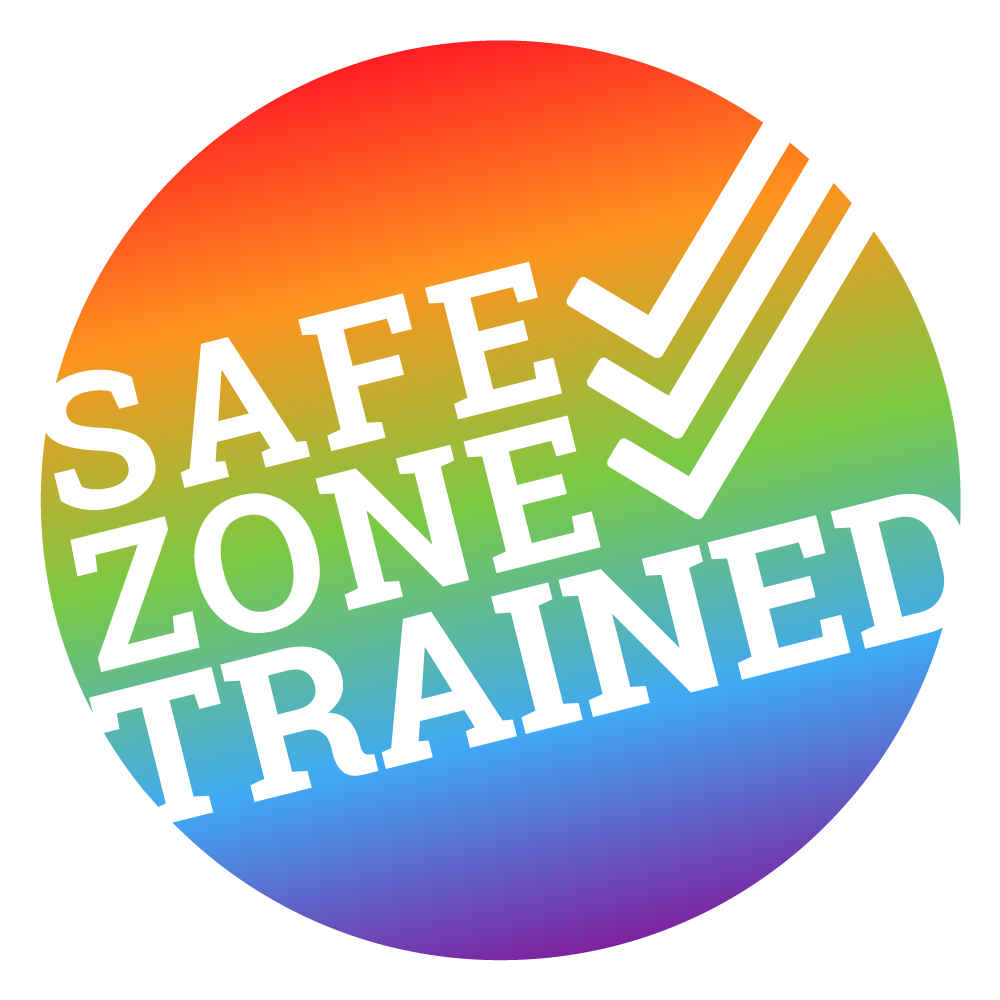LATEST BLOG POST
Search Results


When working with youth experiencing homelessness, the most important risk factors to watch out for are threats to their safety and suspicion of abuse as priority. It is important to address youth populations from a trauma-informed lens. Youth during the assessment process maybe screened for Adverse Childhood Experiences (ACEs) are potentially traumatic events that occur in childhood (0-17 years). Examples of childhood trauma might be experiencing violence, abuse, or neglect, witnessing violence in the home or community, and having a family member attempt or die by suicide. All environmental factors within the youth's environment that can harm their sense of safety, stability or bonding is a risk factor. For example, youth might experience substance use problems, mental health problems, instability due to parental separation, or household members being incarcerated in jail or prison (National Institute of Mental Health, 2022, August).
Youth experiencing homelessness often experience poverty and socio-economic disadvantages that limit their access to food, clothing, education, and healthcare. This lack of resources can contribute to chronic stress, malnutrition, and poor academic outcomes, increasing the likelihood of long-term instability. Homeless youth are at a greater risk of isolation and exploitation. Peer relationships and mentoring opportunities are often disrupted, leaving them more vulnerable (Slesnick, N., Zhang, J., & Walsh, L., 2021).
According to the National Association of Social Workers, Code of Ethics, Social Workers' Ethical Standards to Clients, Commitment to Clients 1.01, confidentiality is a core social worker ethical standard. Social worker's primary responsibility is to promote well-being of clients, however a social workers' responsibility to a larger society and specific legal obligations supersede loyalty owed to clients such as in cases of threats of harm to oneself or others, including suspicion of abuse, neglect. In addition NASW Ethical Standard 1.07, social workers should respect clients’ right to privacy. However, social workers should not solicit private information from or about clients except for compelling professional reasons. (National Association of Social Workers, 2021, 1.01, 1.07).
Social workers must find balance between maintaining confidentiality and protecting clients from harm. Suicidal ideation, characterized by thoughts of self-harm or suicide without a concrete plan, requires a nonjudgmental approach during the engagement and assessment process where social workers provide a safe space for clients to express their thoughts openly. In some cases of suicidal ideation, harm towards oneself or others, social workers are ethically obligated to use evidence-based interventions, such as safety planning, referrals, and resources. In issues of suicide, duty to warn is an obligation as social workers are mandated reporters. In cases of intent to harm oneself or others, social workers must act immediately to prevent imminent harm by contacting emergency services, involving crisis teams, or notifying trusted support networks, while minimizing the impact of breaching confidentiality. Throughout this process, social workers are ethically obligated to inform clients of their actions, maintaining transparency and ensuring clients feel respected and supported (YourQuickInfo, 2022, September 7).
From a social welfare policy perspective, improving suicide prevention at a mezzo and macro level is important as well as individual care. Policies should prioritize marginalized and disadvantaged communities by expanding funding for school-based mental health programs, implementing universal mental health screenings in primary care settings, and providing targeted advocacy and resources for communities such as mental health education which address issues such as poverty or systemic racism. Additionally, implementing national campaigns to raise awareness and promote overcoming stigmas from seeking help, particularly among marginalized populations would support increasing awareness and social change (National Institute of Mental Health, 2022, June).
American Foundation for Suicide Prevention. (2023). Risk factors, protective factors, and warning signs. https://afsp.org/risk-factors-protective-factors-and-warning-signs/#protective-factors
National Institute of Mental Health. (2022, June). Suicide. https://www.nimh.nih.gov/health/statistics/suicide
National Institute of Mental Health. (2022, August). Suicide prevention. https://www.nimh.nih.gov/health/topics/suicide-prevention
Slesnick, N., Zhang, J., & Walsh, L. (2021). Youth experiencing homelessness with suicidal ideation: Understanding risk associated with peer and family social networks. Community Mental Health Journal, 57(1), 128–135. .
YourQuickInfo. (2022, September 7). What are the limits of confidentiality in social work? https://yourquickinfo.com/what-are-the-limits-of-confidentiality-in-social-work/

